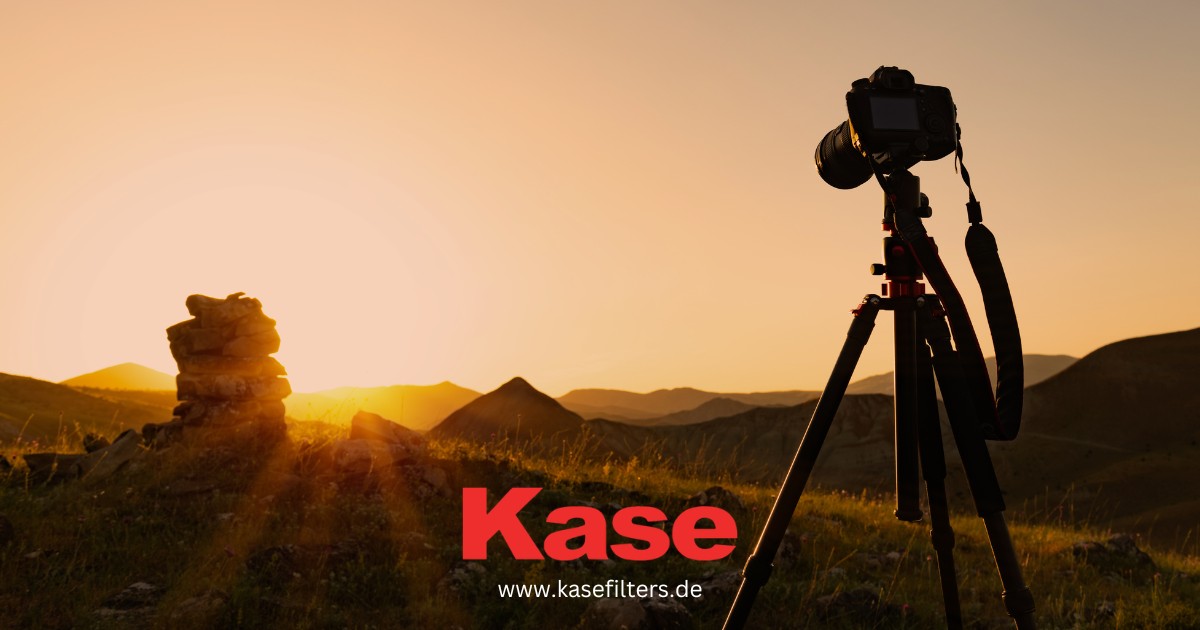General

Using a tripod: when and why it’s a good idea?
Photography is a wonderful blend of art and science, requiring both creativity and technical skill. A tripod is one of the essential tools that can help you improve your photography in certain cases. More about when to use a tripod in photography and why you can read in this blog. We’ll help you to decide whether you need a tripod or you can do without it.
Why use a tripod for photography?
You must say to get sharp photos. And you will be certainly right, but the benefits don’t end there.
Of course, the main purpose of a tripod is to keep your camera steady, which is essential for achieving sharp images. This is particularly important when a camera shake can blur your photos, such as in low light or when using long exposure settings.
Apart from that, the tripod offers creative flexibility. It allows you to experiment with long exposures to capture stunning motion blur effects like silky waterfalls or light trails from traffic. You can also try panoramic shots or even just different angles of shooting that probably are not so easy for your body to stay at.
Ultimately, the final goal of all is to get professional photos. By using a tripod, you can slow down to compose your shots more carefully and ensure consistent framing, which is especially important in professional work. And of course, get sharp photos that you can print even for a billboard ?
When to use a tripod in photography?
There are many scenarios when using a tripod can make a significant difference in your photography:
Low light conditions
When shooting in low light, such as at dusk or dawn, indoors, or in shaded areas, a tripod is needed for using slower shutter speeds without risking a camera shake. This helps you maintain proper exposure and image quality without having to increase your ISO, which can introduce bad noise.
Long exposure photography
Long exposures require the camera to remain completely still for quite long periods, something only a tripod can provide. For capturing creative photos with long exposures with motion blur, a tripod is a must.
Using certain filters
Some camera filters like neutral density or polarizing reduce the amount of light coming to the lens and thus require using slower shutter speeds to have a good exposure. A tripod helps maintain stability during long exposures, ensuring clear, sharp images. Additionally, when having a camera installed on a tripod, you can adjust filters easily maintaining the same composition.

Macro photography
When photographing small subjects close, even the slightest movement can cause blur. A tripod helps stabilise your camera, allowing you to capture sharp, detailed images of insects, flowers or other tiny subjects.
Windy conditions
Windy weather is the case when using a tripod is helpful. You may think you hold your camera steady enough and even not notice anything when shooting, but trust us, there will still be small movements. If you don’t want to be disappointed with the image quality when you come home and check photos on the big screen, use a tripod to ensure sharpness.
Wildlife photography
For photographing wildlife, especially with telephoto lenses, a tripod provides the necessary stability to capture distant subjects clearly. It also reduces fatigue during long photography sessions in nature, since telephoto lenses are usually pretty heavy.
Shooting panoramas
When creating panoramic shots, maintaining consistent framing and alignment is difficult when holding the camera in hand. A tripod helps you achieve seamless panoramas by keeping your camera steady and level.
Light painting
To paint something with light you need to have long exposure. A tripod keeps your camera stable, allowing you to create light patterns with precision.

Should I use a tripod for portraits?
There are several situations when a tripod is useful for portraits.
- Self-portraits: It’s a great way to take photos of yourself on a trip or even in the studio. Use a remote release or just a timer and you’ve got it.
- Group portraits: If you are shooting individual portraits of a group of people, a tripod with ensure consistent framing and focus.
- Creative portraits: Sometimes, you may want to interact more with your subjects in the frame or need to create a more complicated composition. With a tripod, you get free hands and freedom to create that exact photo you want.
Do I need a tripod?
Now you know when to use a tripod and probably already have an idea if you need it or not. If you still have doubts, here’s something more to consider when deciding:
- Evaluate your photography style: Consider what you shoot most often. If you frequently work in low light, do long exposures or enjoy macro and landscape photography, a tripod is a valuable tool. Compare handheld and tripod shots in these scenarios to see the difference in quality.
- Budget and portability: Tripods are different and you can find the one that suits you. For example, there are many affordable tripod options for beginners. When choosing a tripod, consider its weight and portability, especially if you travel often. Lightweight, compact tripods are ideal for travel, while sturdier models are better suited for studio work.
Experiment with different scenarios to see how a tripod can improve your shots and explore the wide range of tripod options available in our online shop to find the perfect one for your needs. Happy shooting!
